Text: Madalina Elena Alves
Photo: Calin Stan, Bogdan Croitoru , Bianca Fazacas
Text first published in ATLANTIC TOUR brochure 2011
For as long as I can remember I’ve been fascinated with the Saxon history, traditions and the beautiful gothic style architecture of the Saxon buildings. I was born in Transylvania and my grandmother often used to tell us children, stories about mythical creatures, brave warriors, knights and princes. “You have to know your history” she used to say.
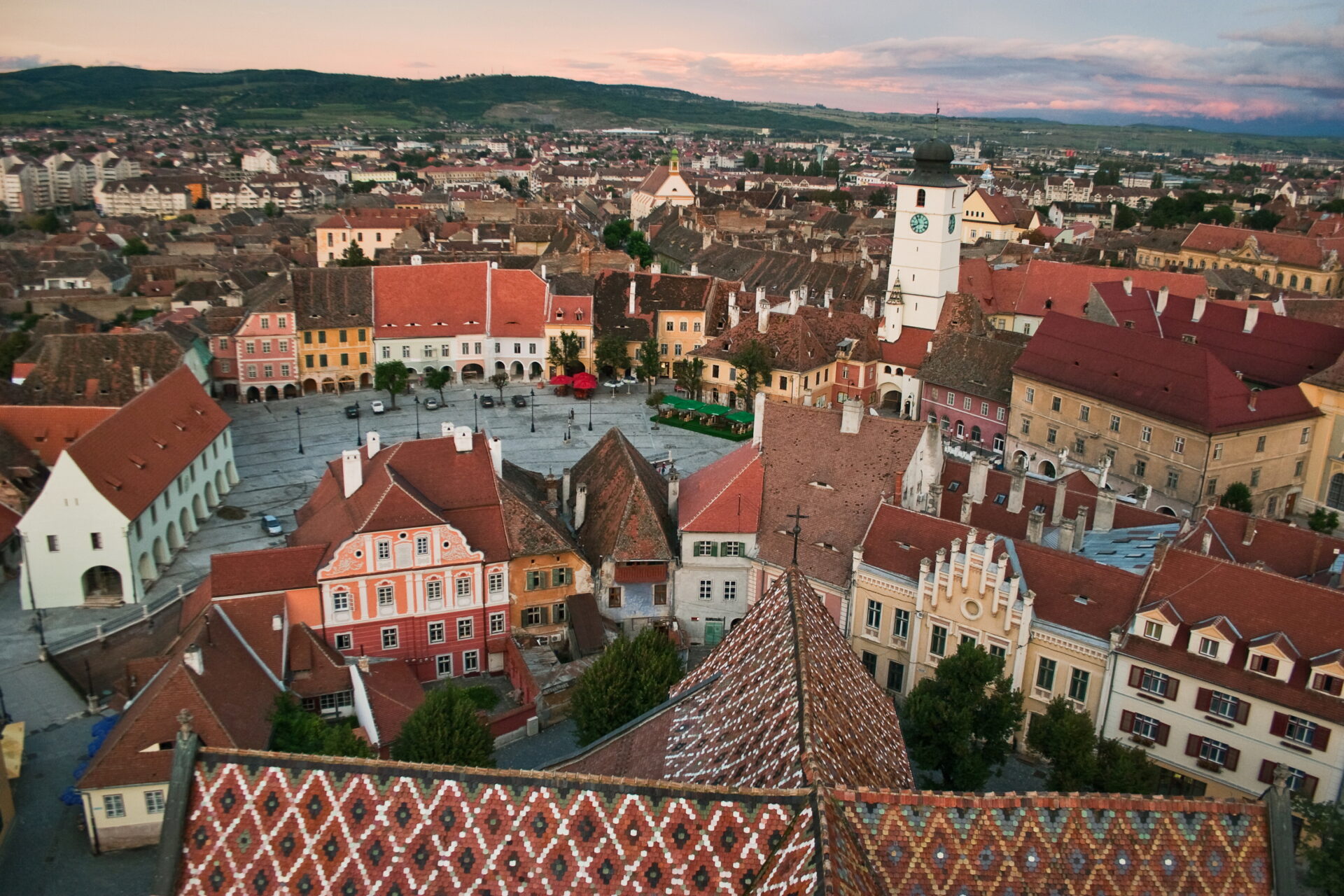
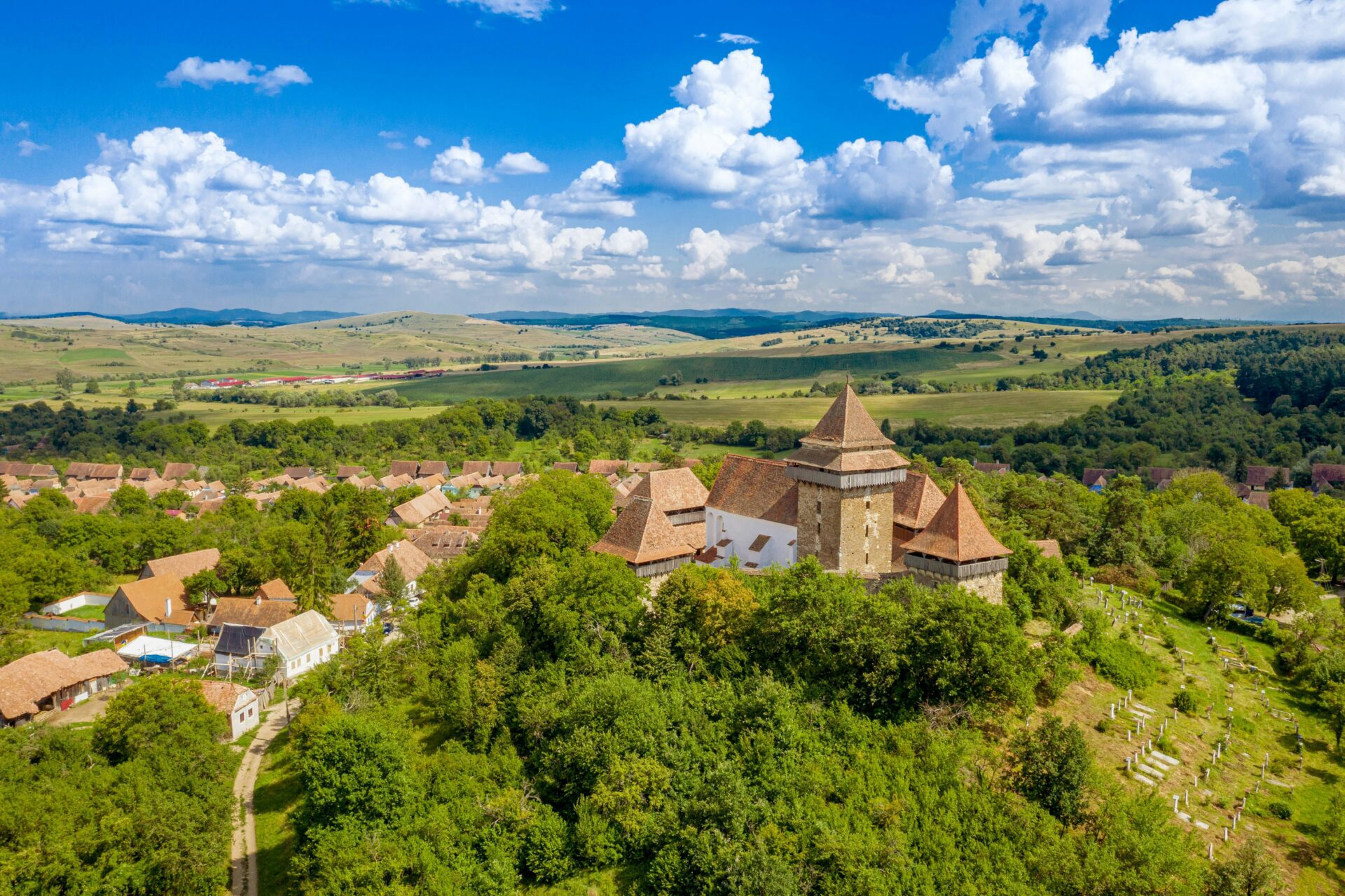

From her we learned about how Transylvania, literally meaning “the land beyond the forests”, has always been a very wealthy and economically significant region, lying at the crossroads of commercial routes and great civilizations. Its history began with Dacian tribes – a people who drew their name from a god or a legendary ancestor who came forward as a wolf in a time before time; and Roman garrisons who, after conquering the Dacians, settled down here.
In the 9th century Hungarians known as Szeklers, blazed their way into the Carpathian basin and settled in nowadays Transylvania. The region was on numerous occasions raided by Tatars, Turks and Mongols. To fend off the invaders from the east and to protect the growing population of Transylvania, the Hungarian king Geza II who at that time ruled over the region, called on Germanic people from the Rhineland and the area that is now Luxemburg, to settle in the fertile river valleys of Transylvania and help build strongholds that would keep the invaders out.
The first German settlers (or ‘Saxons’ as they would become known in Transylvania’s history) as well as a considerable number of Teutonic Knights came to Transylvania in the 12th century and settled in the curvature of the Carpathians. Consecutive waves of migration brought large numbers of saxons to Transylvania, a region that would become their home.
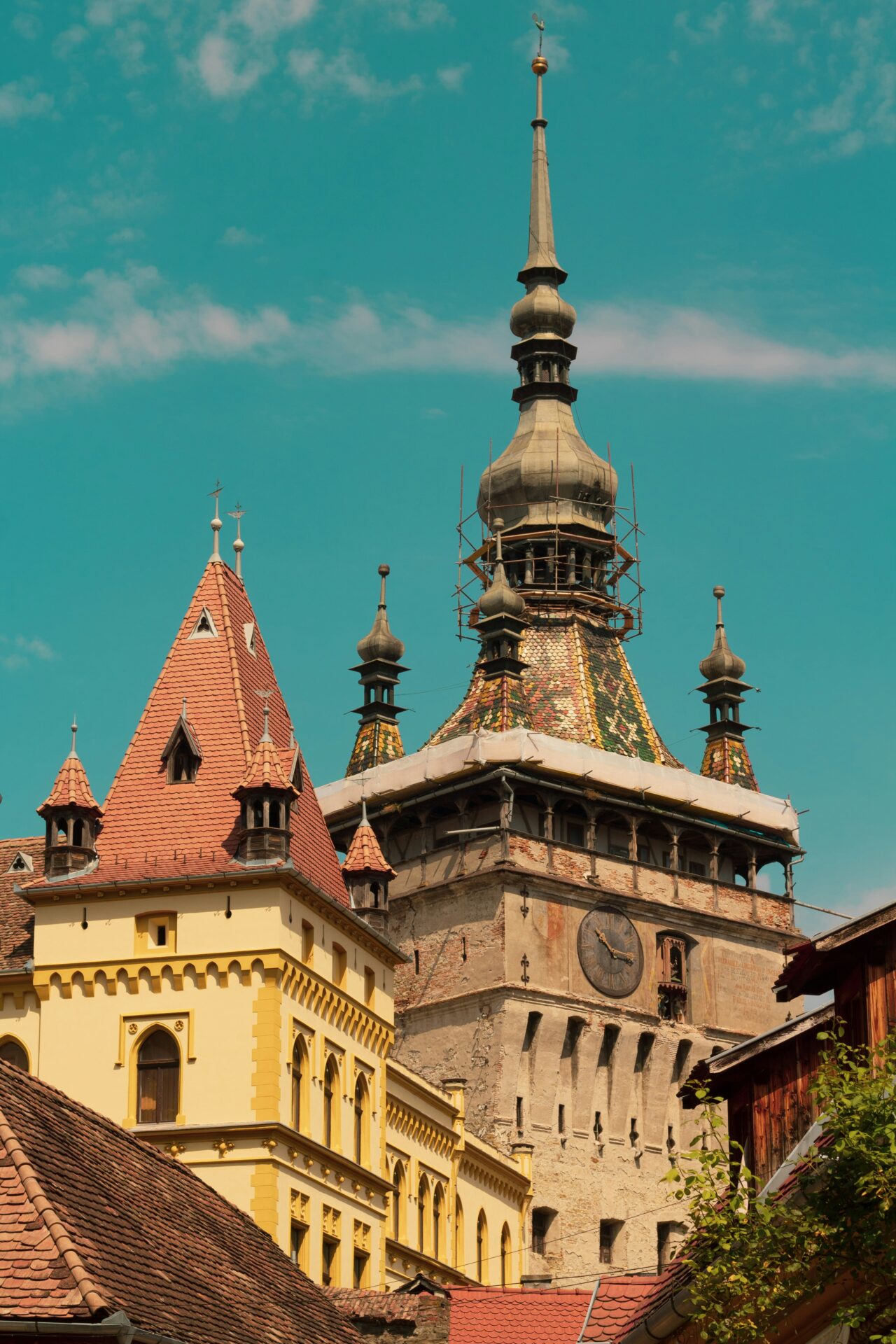
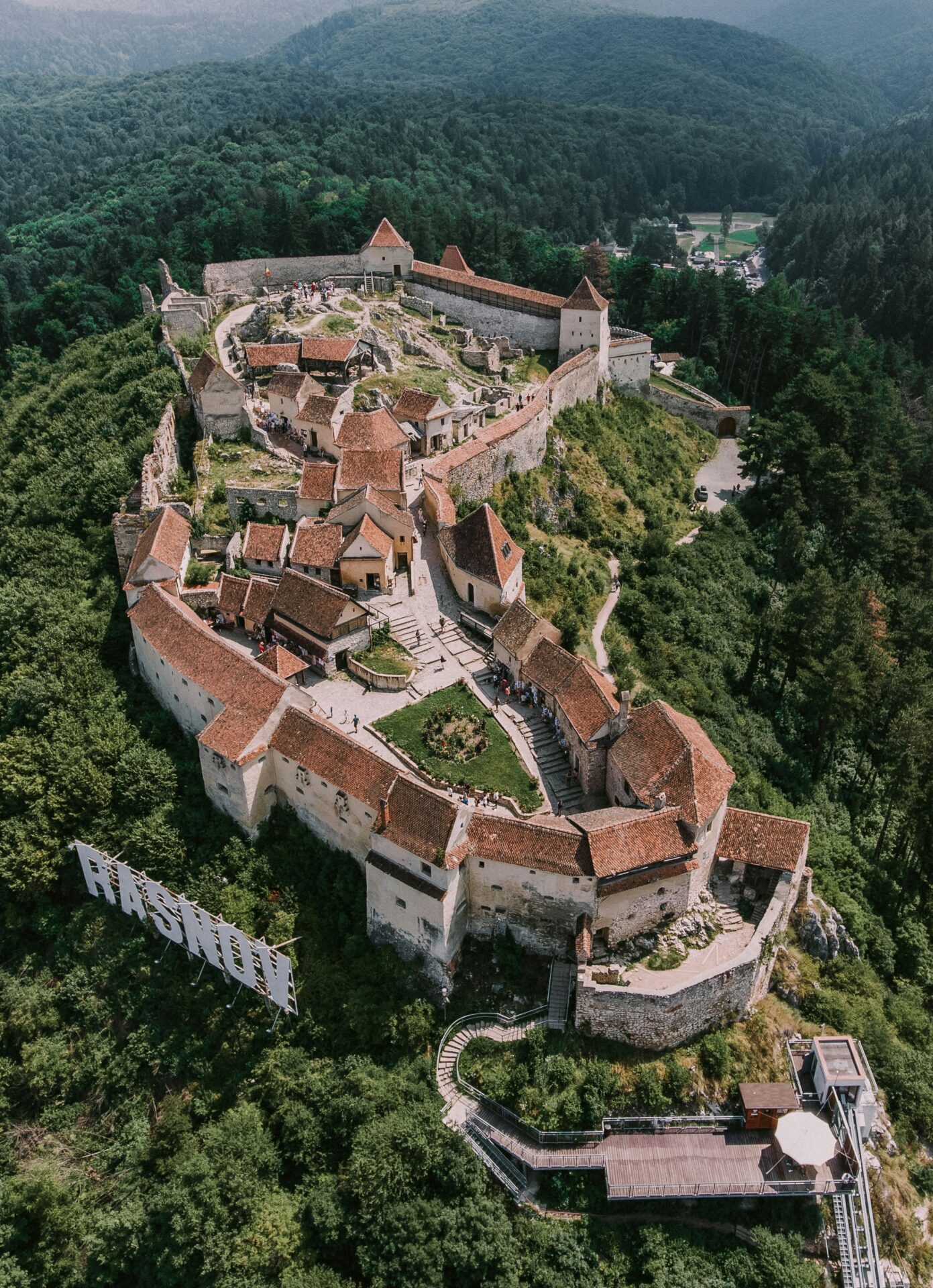
The Saxons became known as industrious, skilled craftspeople with their own language and culture, and they certainly left their mark on culture, traditions, cuisine and most importantly architecture. Today Transylvania is home to superb, well-preserved, quaint towns, citadels and fortified churches, a cultural and architectural heritage that is quite unique in Europe.
These ‘jewels of Saxon architecture’ have always played an essential role in the communities’ life, even after the foreign invasions ceased. I remember how my grandmother, dressed in her beautifully embroidered traditional dress would take us to Kirchweih (the commemoration of the consecration of the local church) every year; a celebration that lasted for a couple of days, during which a fair was organized and the women of the community cooked and baked the most delicious dishes. It was a parade of traditional dresses, as colorful and cheerful as every big celebration: weddings, christenings, and confirmations.
The local fortress, which stood majestically on top of the hill, overlooking the entire settlement, was somewhat of a pilgrimage place once a year. On the first day of May, the Saxon brass band could be heard playing traditional songs in the fortresses inner garden, announcing the start of a day of celebrations. To accompany the brass band on their way up to the citadel, and watching them up close while they played their instruments, was a special treat reserved for early risers, and reason enough for us children to stay up all night, anxiously awaiting the first rays of sunlight.
And again, a colorful parade of traditional dresses, singing and dancing would follow.
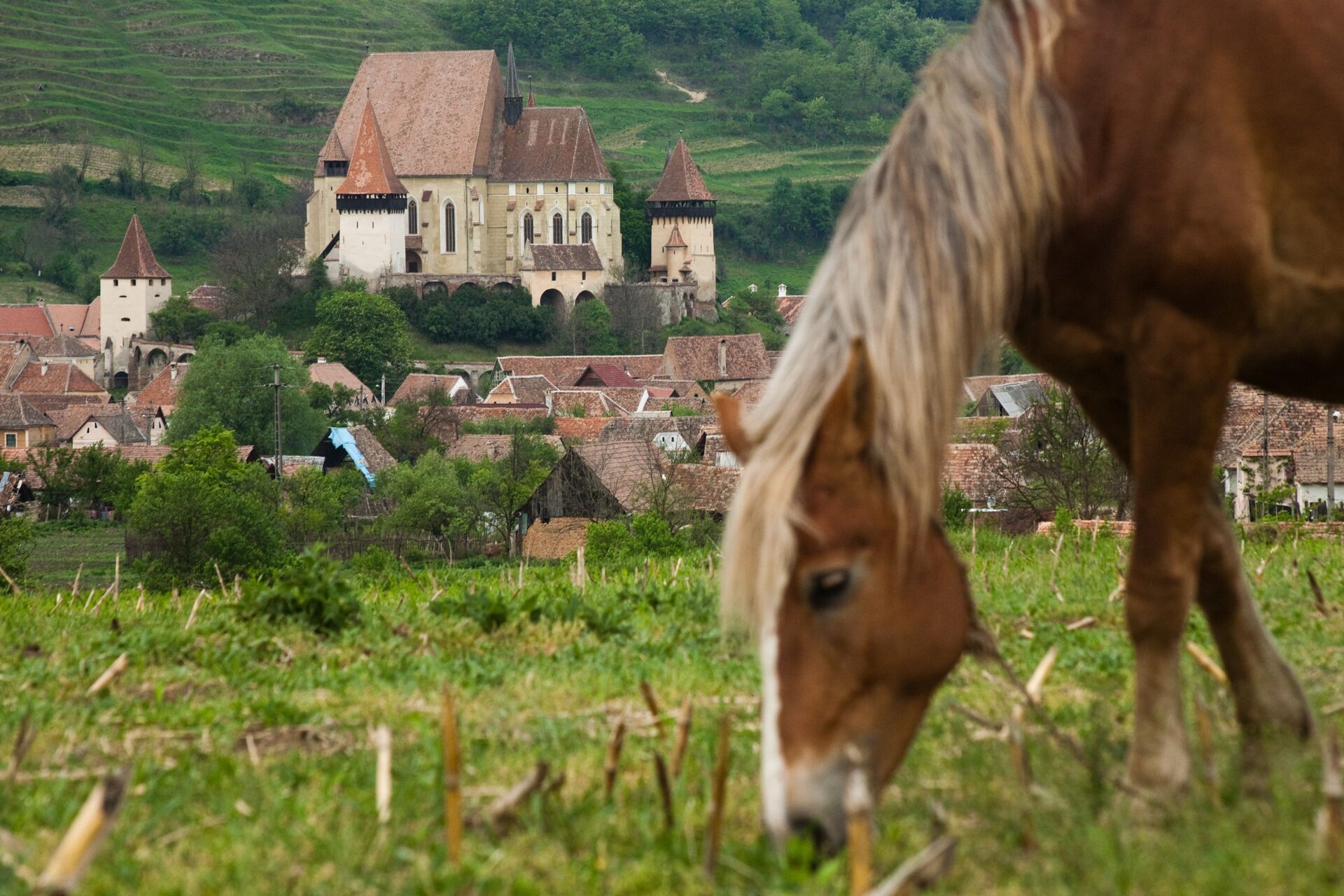
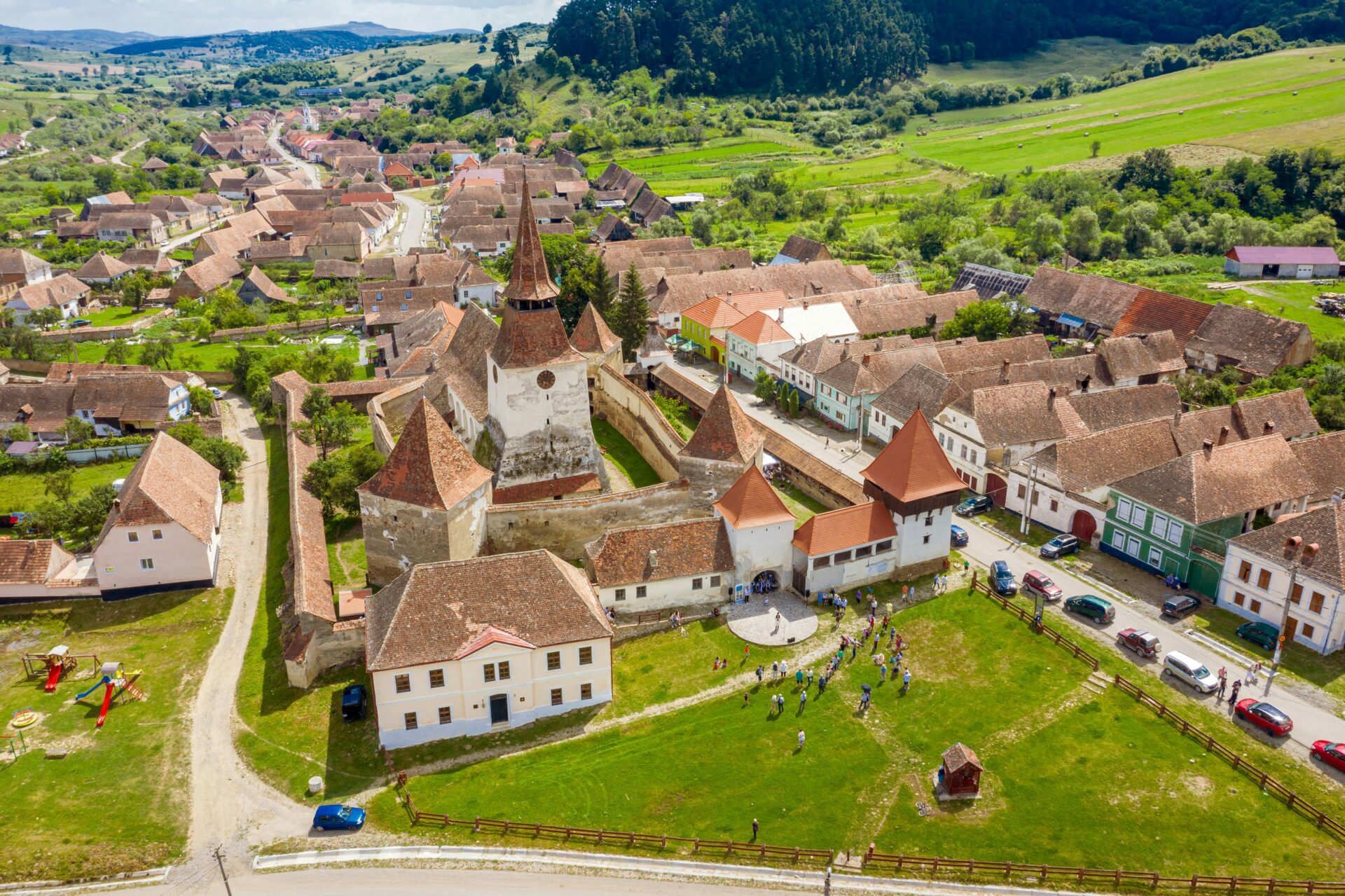
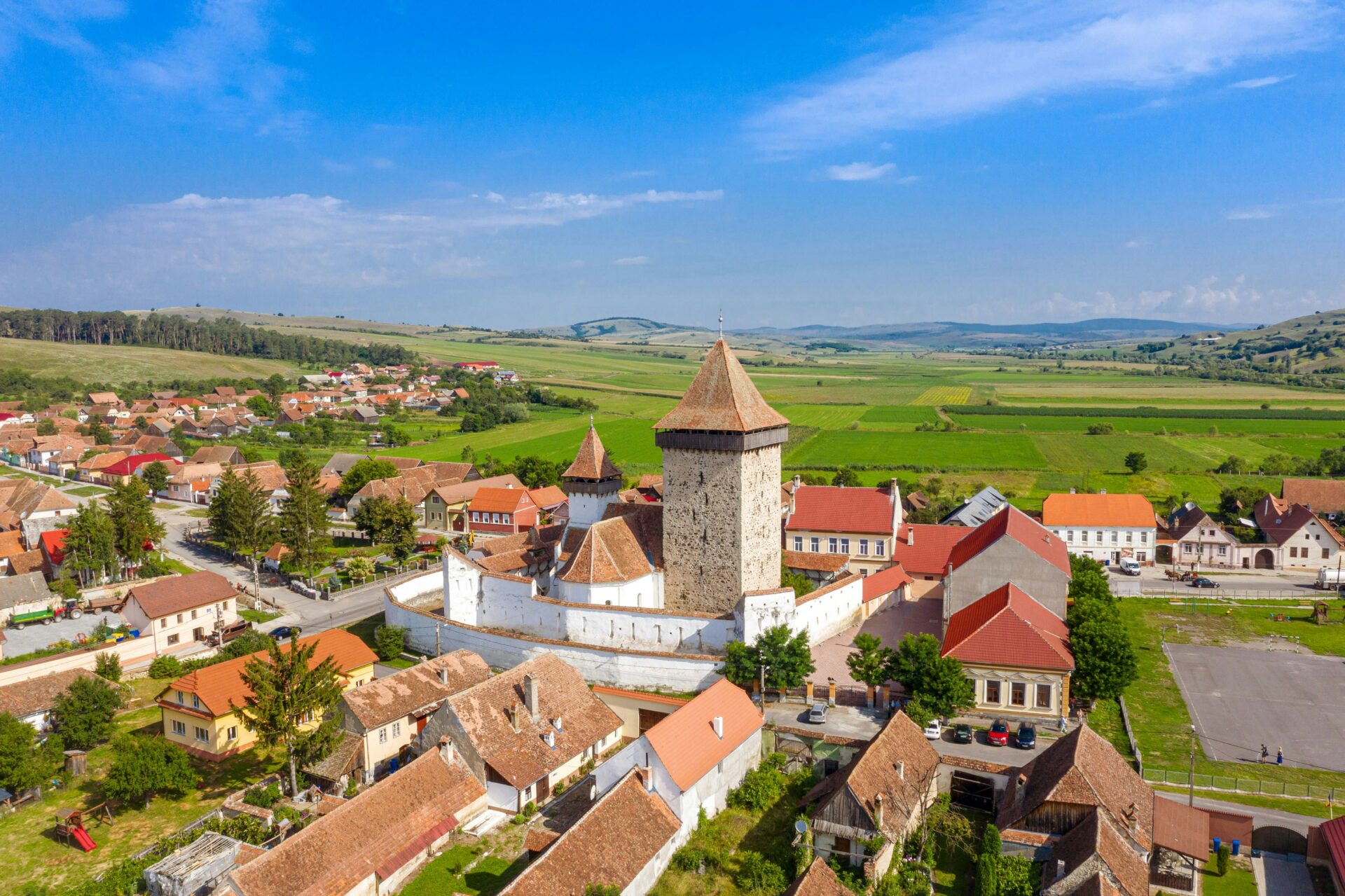
The Saxon villages of today, are unfortunately slowly becoming ‘shadows’ of what they used to be, but even though the Transylvanian Saxon population has continually decreased since World War II, their architecture has successfully stood the test of time with many of the fortifications still in existence to date; no less than seven of them being included in the UNESCO World Heritage. I invite you to visit Transylvania’s fortresses, walk the streets of these charming towns and villages, meet locals and enjoy the unique experience while you still have the chance.
“The land beyond the forests” awaits you!
About the author:
Madalina Elena Alves (née. Nan) is a Transylvanian born international relations scholar, who has traveled extensively in Europe, South-East Asia and South America. After completing her postgraduate studies at the Australian National University, Madalina returned to Romania and joined our team at Atlantic Tour. Madalina now lives in Bucharest.